The ancient Inca citadel of Machu Picchu, perched high in the Andes, is one of the most iconic archaeological sites in the world. While many visitors arrive by train, the more adventurous choose to trek through the rugged mountains along the famous Inca Trail or alternative routes. These hikes are not just about reaching the destination—they are journeys through dramatic landscapes with significant altitude changes that challenge even seasoned hikers.
Understanding the altitude variations along these trails is crucial for anyone planning the trek. The routes wind through valleys, over mountain passes, and across cloud forests, with elevations that can leave you breathless in more ways than one. The thin air at high altitudes affects stamina, hydration, and even the body’s ability to recover, making preparation essential.
The classic Inca Trail, a four-day trek covering approximately 26 miles, starts near the town of Ollantaytambo at around 9,000 feet above sea level. From there, hikers ascend steadily through the Sacred Valley before facing the first major challenge: Dead Woman’s Pass. At 13,828 feet, this is the highest point on the trail, and the climb is relentless. The air grows thinner with every step, and many trekkers feel the effects of altitude sickness, including headaches and fatigue.
Descending from Dead Woman’s Pass is no easier. The trail drops sharply into the Pacaymayo Valley, losing nearly 2,000 feet in elevation before climbing again to the second pass at 13,123 feet. These rapid changes in altitude test the knees and lungs, demanding careful pacing and frequent breaks. The third day brings gentler terrain, winding through lush forests and past Inca ruins, but the final ascent to Inti Punku, the Sun Gate, is a steep push before the reward of Machu Picchu at 7,972 feet.
Alternative routes, such as the Salkantay Trek, present even more extreme altitude variations. This five-day journey reaches its pinnacle at Salkantay Pass, a staggering 15,213 feet above sea level. The air here is so thin that even walking a short distance feels exhausting. Yet, the views of the snow-capped Salkantay Mountain are unforgettable. After the pass, the trail plunges into the humid lowlands of the Amazon basin, dropping over 6,000 feet in elevation within a single day. The drastic shift from freezing alpine conditions to tropical heat is a shock to the system.
Altitude sickness is a real concern on these treks. Symptoms can range from mild dizziness to severe nausea and disorientation. Acclimatization is key—spending a few days in Cusco (11,152 feet) before starting the hike helps the body adjust. Hydration, slow pacing, and chewing coca leaves (a traditional Andean remedy) can also ease the effects. Guides are trained to recognize signs of altitude sickness and will adjust the trekking schedule if necessary.
The Lares Trek, another popular alternative, offers a different experience. While it doesn’t reach the extreme heights of the Salkantay route, it still crosses passes above 14,000 feet. What makes this trail unique is its path through remote Andean villages, where hikers interact with local Quechua communities. The altitude changes are still significant, but the cultural immersion provides a welcome distraction from the physical demands.
No matter which route you choose, the descent into Machu Picchu is always a highlight. After days of climbing and descending, the sight of the ancient city nestled among the peaks is nothing short of magical. The final stretch, whether through the Sun Gate or along the Hidroelectrica tracks, feels like a victory march. The altitude at Machu Picchu itself is relatively low compared to the mountain passes, allowing weary hikers to explore the ruins without the strain of thin air.
For those considering the trek, training beforehand is essential. Hiking at high elevations with a weighted backpack prepares the body for the demands of the trail. Stair climbing, long-distance walks, and cardiovascular exercises build the endurance needed to handle the altitude fluctuations. Packing wisely—layered clothing for changing temperatures, sturdy boots, and plenty of snacks—can make the difference between a grueling ordeal and an unforgettable adventure.
The ever-changing elevations of the Machu Picchu trekking routes are as much a part of the experience as the ruins themselves. They shape the journey, testing limits and offering breathtaking rewards. Those who embrace the challenge find that the mountains teach patience, resilience, and a deep appreciation for the Inca’s engineering marvels. In the end, the sore muscles and labored breaths fade, but the memories of standing among the clouds, looking down at the lost city of the Incas, last a lifetime.
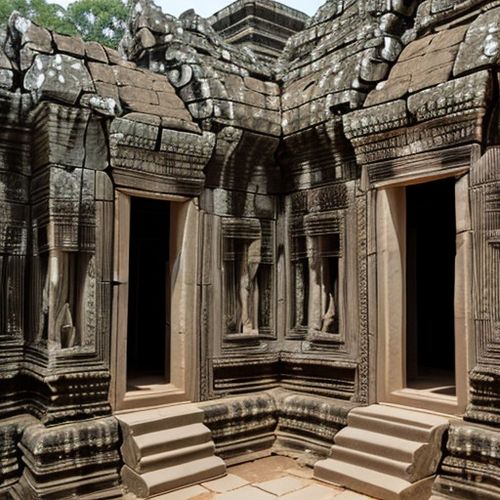
By Thomas Roberts/Apr 28, 2025
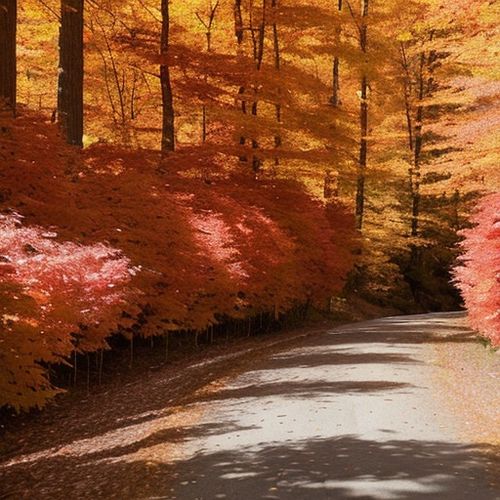
By Samuel Cooper/Apr 28, 2025
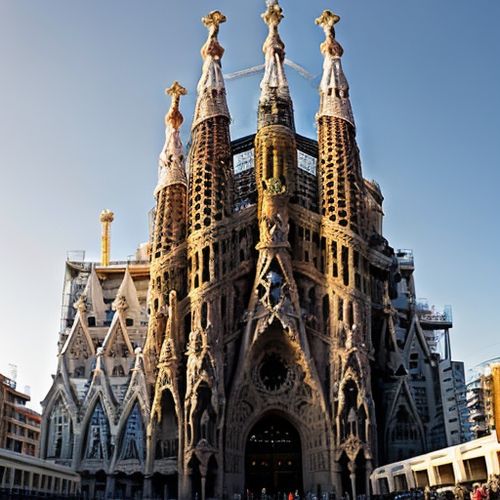
By Eric Ward/Apr 28, 2025
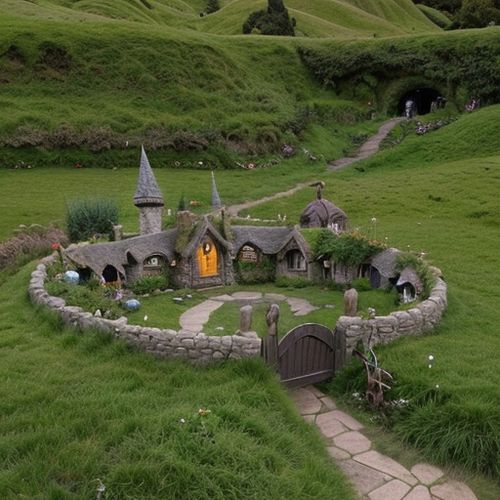
By Michael Brown/Apr 28, 2025
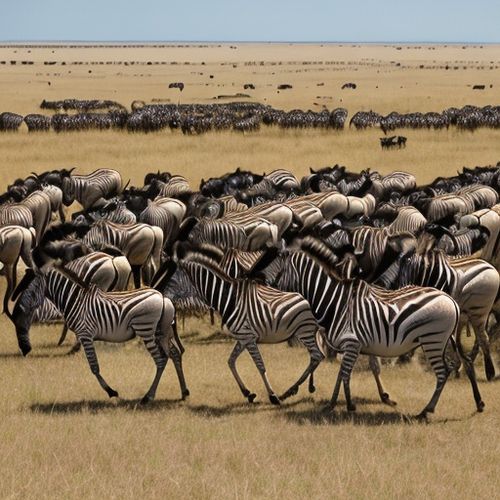
By Amanda Phillips/Apr 28, 2025

By Grace Cox/Apr 28, 2025
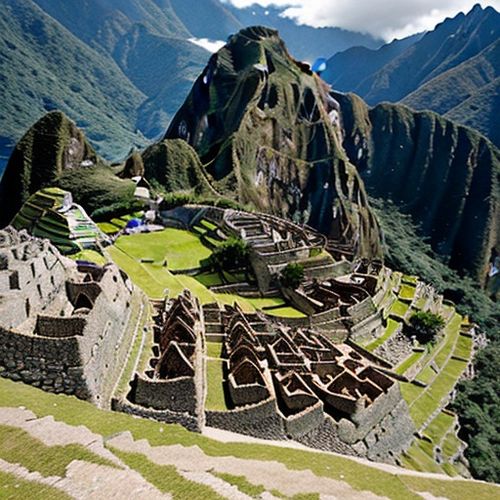
By Elizabeth Taylor/Apr 28, 2025

By Sarah Davis/Apr 28, 2025
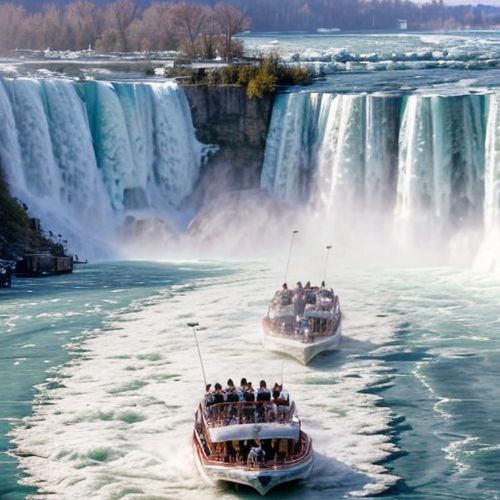
By Megan Clark/Apr 28, 2025
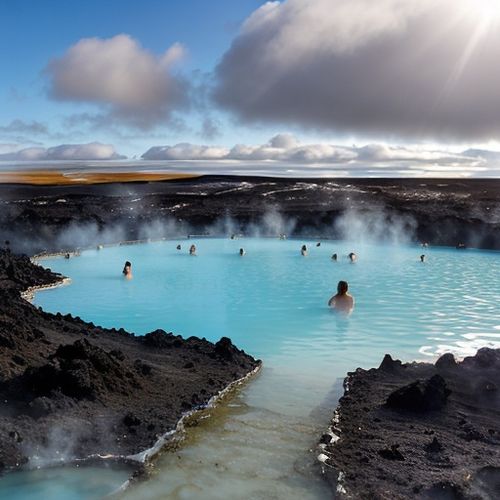
By John Smith/Apr 28, 2025
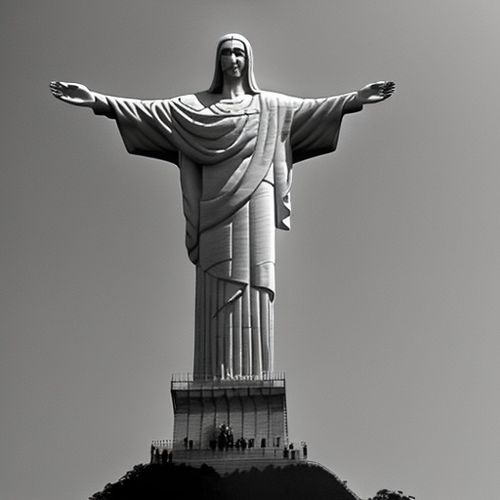
By John Smith/Apr 28, 2025

By David Anderson/Apr 28, 2025
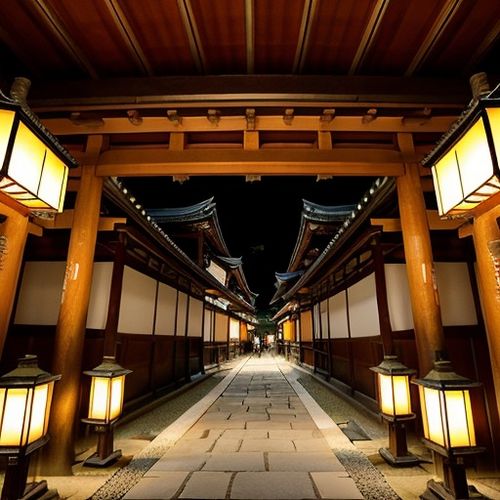
By Olivia Reed/Apr 28, 2025

By Jessica Lee/Apr 28, 2025
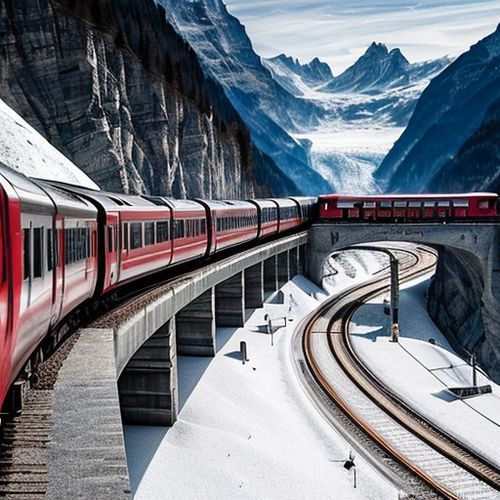
By Victoria Gonzalez/Apr 28, 2025